Fighting back to save the next girl
Survivors of violence against females who have stared honor killing, genital mutilation and bride kidnapping in the face move forward around the world

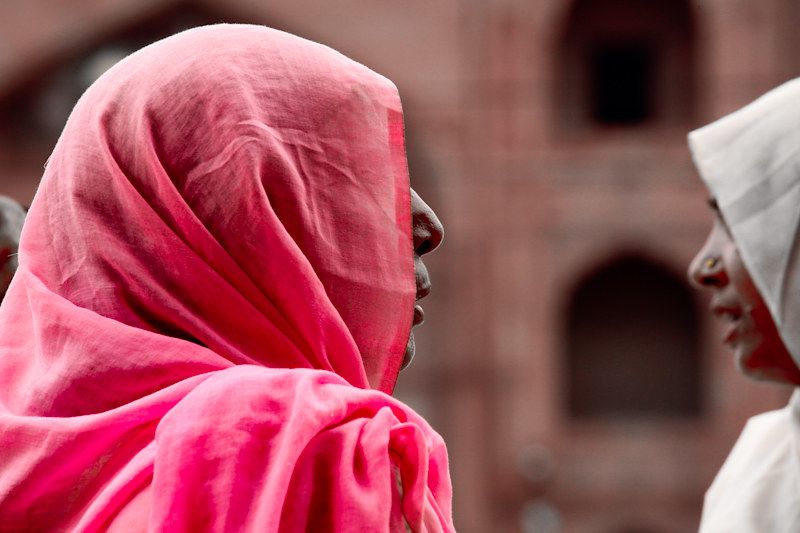
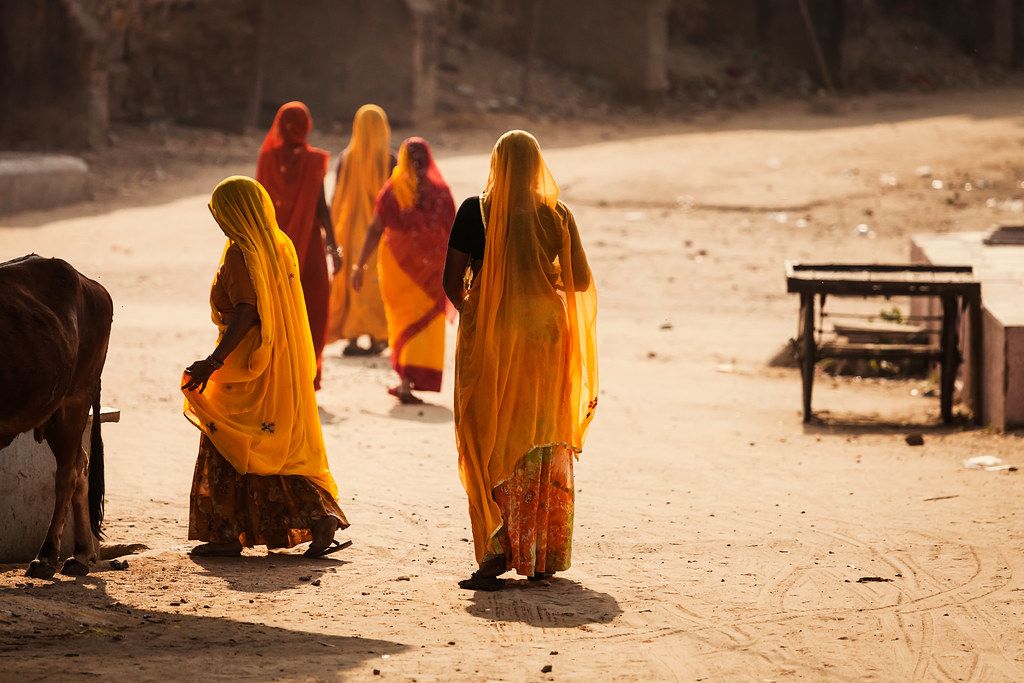
Umme Aimen, who at 26 was mother to one-month-old Hussain Ali, longed for a retreat with her family in the scenic mountain resort town of Murree in northeast Pakistan. However, in 2020, Aimen and her son became victims of a centuries-old practice known as honor killing, and her longing for a holiday in Murree remains a bittersweet memory for her husband, Mukhtiar Hussain.
Violence against women including honor killing, female genital mutilation (FGM) and bride kidnapping are normalized practices persisting largely among traditional patriarchal cultures. Such acts of violence take away not only women’s control and agency over their bodies and life choices but also, all too often, their very lives as well. Aimen fell in love with a man from a different caste, which was seen as bringing dishonor to her family. She and her son ended up paying for it with their lives when Aimen’s two brothers murdered them both at the direction of their father.
While stories like hers are not uncommon, each is unique. What is less common are stories like those that follow, stretching from South Asia to Central Asia to Africa, of how surviving victims and their loved ones have coped with such tragedies and traumas to move forward with their lives.
PAKISTAN
Ranked at 145 out of 146 countries in the Global Gender Gap Report 2022, the country has a high rate of violence against women, including honor killings, rapes and domestic violence.
NIGERIA
Ranked at 123 out of 146 countries in the Global Gender Gap Report 2022; an estimated 20 million girls and women ages 15-49 have been victims of Female Genital Mutilation (FGM).
KYRGYZSTAN
Ranked at 86 out of 146 countries in the Global Gender Gap Report 2022; one in three marriages reportedly begins with abduction.
The killing of Umme Aimen

In the summer of 2013, Aimen and Hussain fell in love in Muzaffargarh, a city of 4.3 million in the central Pakistani province of Punjab. But his marriage proposal was met with a resentful verbal rejection from her father that inflicted a physical toll on Aimen as well. “They [her father and brothers] were already in doubt of our relationship, and when I sent my proposal, she got beaten up badly by them,” Hussain said.
Two and a half years after her murder, he continues to fight to honor and preserve the memory of his wife and son. “I have lost everything I loved,” Hussain, 30, said in a series of voice interviews via WhatsApp in the spring of 2022. “She was my everything, and I will not stop till these rotten people see God’s wrath,” he said, having just received the next court date for the trial of Aimen’s father and brothers.
Caste marriages, in which partners marry to maintain ethnic identity and reinforce kinship ties, are prevalent in tribal cultures of South Asia, and marrying out of caste carries the stigma of compromised family honor. According to Jahanara Chugtai, a psychotherapist based in Lahore, Pakistan, centuries-old social structures such as religion, patriarchy and caste are used to “control women or put them in a box,” often normalizing practices of violence against them.
Aimen belonged to the Rajput caste; Hussain is a Baloch. While her father claimed to reject their marriage based on caste difference, Hussain maintains that economic motives and his daughter’s challenging his authority were the real reasons.
“The father never wanted any of his daughters to get married because of the fear of giving jahez [dowry],” Hussain said. “The father had gotten his eldest daughter [Aimen’s sister] killed because her marriage was being arranged by her aunt. They do not accept that their daughters can have the freedom to choose whom they marry.”
Despite the rejection, he and Aimen married in a court ceremony in 2019 and moved to Bahawalpur, 89 kilometers southeast of Muzaffargarh, where he worked as a food supplier to factory workers, earning a monthly wage of 45,000 rupees (about $243).
“There was a big field of gulaab ke phool [roses] outside of my workplace,” Hussain recalled. “She loved them so much. I would bring one for her every day.”
A year after they were married, Aimen gave birth to a baby boy, Hussain Ali, and it seemed that her family had accepted her happiness in starting her own life. “The brothers called to extend their congratulations, and things had started to get better,” Hussain said.
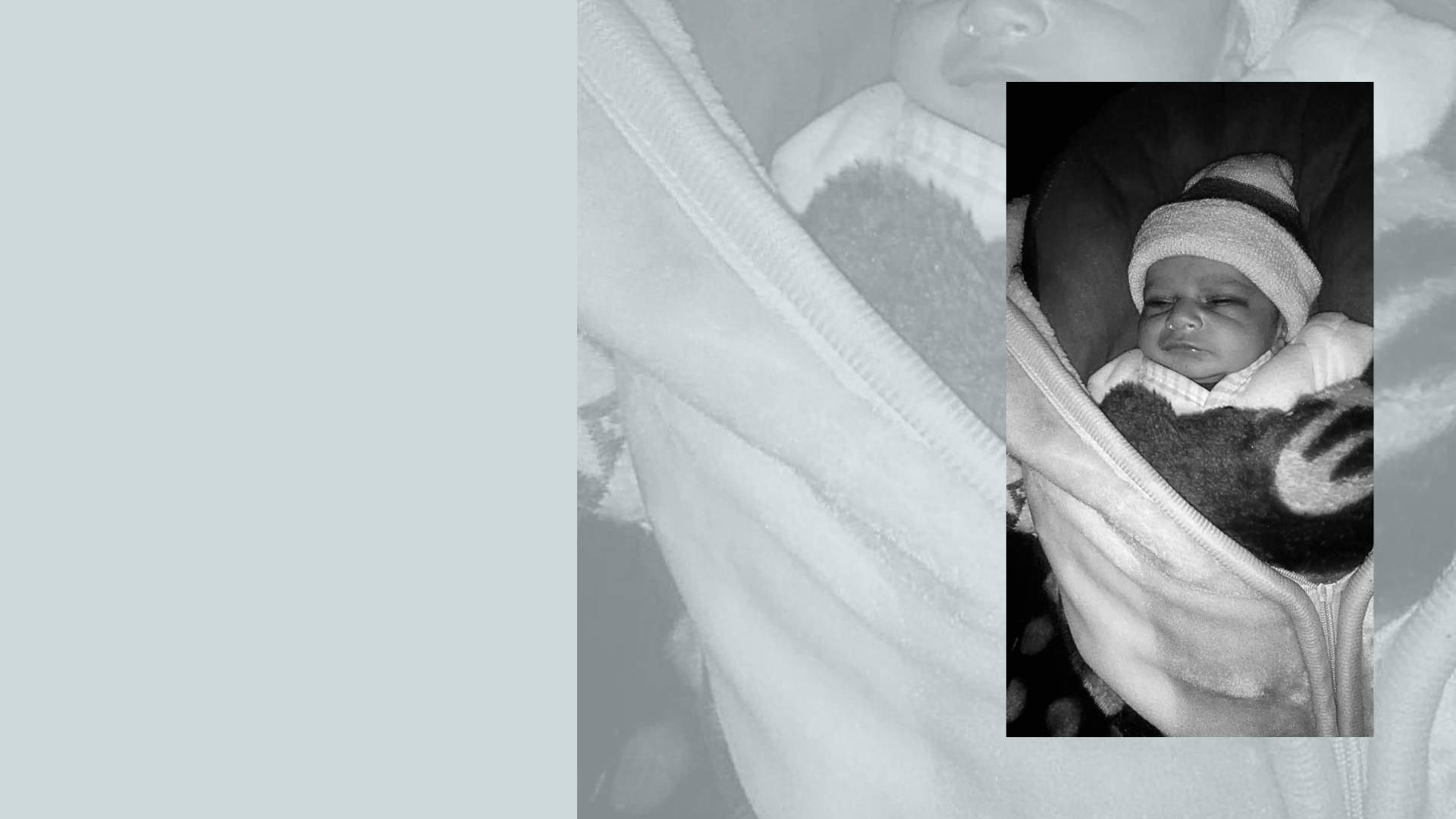
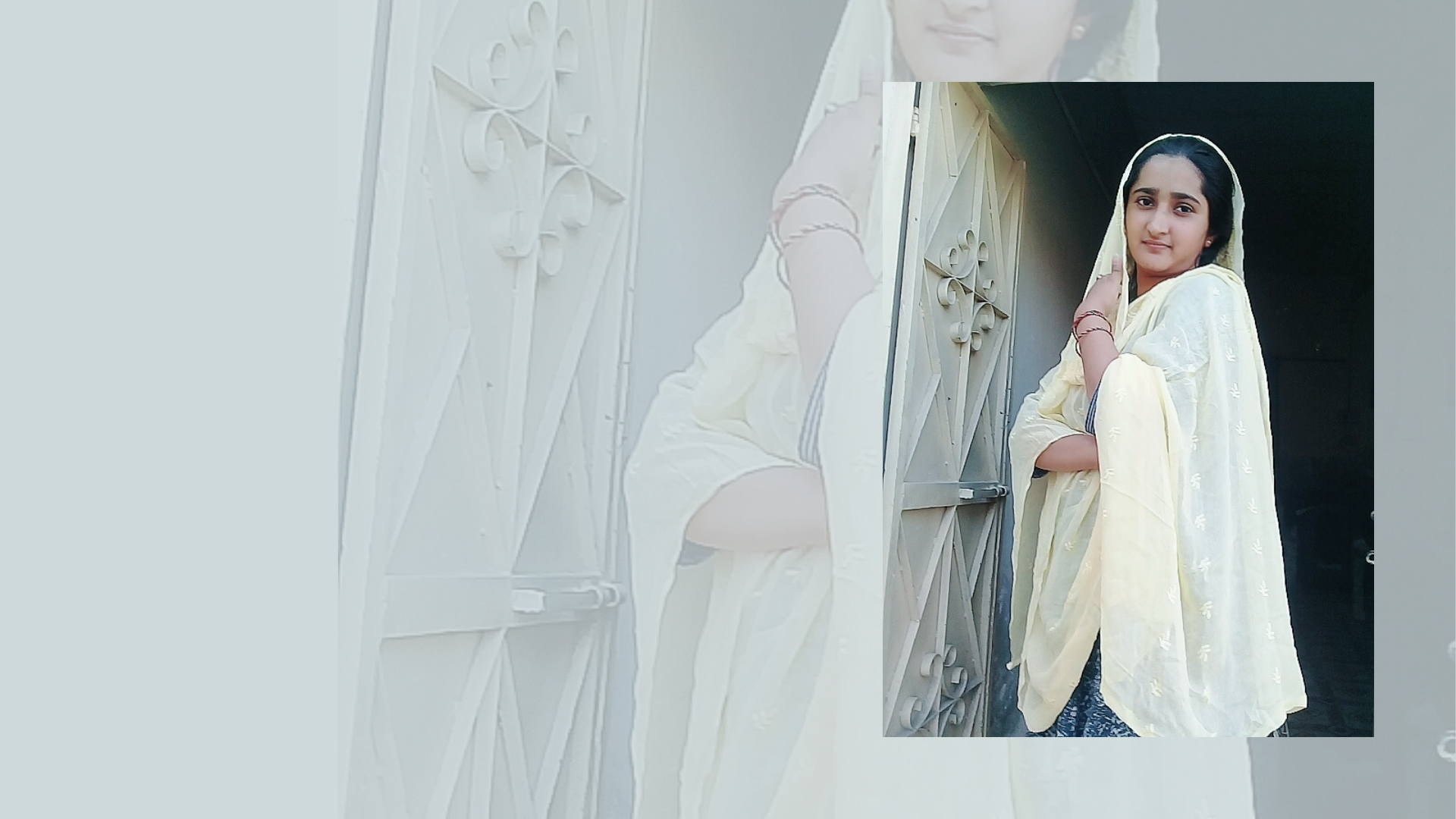
When I found out, I thought that there was nothing left anymore for me. My wife and my son were my everything.
mkn.
mkn.
In the name of honor
But Aimen missed her family and asked Hussain if they could return to their hometown. Exercising caution, they moved back to Muzaffargarh. Hussain did not want anyone to know that he was working in Multan, some 30 kilometers away, while Aimen lived in Muzaffargarh with his parents. But word traveled fast, and Aimen’s family learned of Hussain’s absence.
On Feb. 9, 2020, a group of 12 men, including two of Aimen’s brothers, made their way to Hussain’s family’s house and knocked on the door, he said. When no one answered, they climbed on top of the roof and tore through it.
Within 15 minutes, Hussain’s sisters called the local domestic-violence hotline. “But Aimen had been kidnapped, and they took her to their own tehsil [township], Alipur,” Hussain said. According to a 2021 report published by UN Women, fewer than 2 percent of Pakistani women who experience violence report it to the police for fear of victim-blaming, including mistreatment and discrimination by police. From telling a rape victim that she fell prey to brutality because she was naïve, to advising women to preserve family honor despite physical abuse, accounts of mistreatment by Punjabi police frequently make headlines.
In Aimen’s case, the local police tried to sweep the matter under the rug because her father had good relations with them, according to Hussain. “By imposing pressure on the police, Aimen’s father had previously gotten his eldest daughter’s case resolved, and he tried to do the same this time as well,” Hussain said.

The police arrived at Aimen’s family’s house an hour after receiving the call to find only her father there, and he claimed not to know the whereabouts of either Aimen or his sons. “The brothers took Aimen and my son to an open field on land they owned and killed them both brutally,” Hussain said. Aimen’s brother Owais shot her with a gun while another brother, Farooq, slammed her baby on the ground three times before strangling him, Hussain said.
He had little time to mourn their deaths, as he was caught up in finding their bodies for the next 16 days. “By Feb. 25, [authorities] found the bodies and confirmed it as murder,” Hussain said, his voice cracking with emotion.
From the first hearing in April 2020 until today, Hussain has fought in courtrooms to have Aimen’s brothers and father locked up. However, despite the official determination of murder and media coverage of the case based on interviews Hussain gave to journalists, they remain free. Since Aimen’s murder, there have been three more honor killings in Muzaffargarh, and throughout Punjab 237 honor killings were reported to police in 2020 alone.
Due to victims being silenced by fear of reporting, statistics on honor killings around the world are generally difficult to obtain. According to the Honour Based Violence Awareness Network, both India and Pakistan have recorded 1,000 cases of honor killings each year, but the figures are seen as unreliable.

About his chances to win justice, Hussain said, “They [Aimen’s family] have strong political affiliations and will continue to pressure me into forgiving.”
But still he goes on.
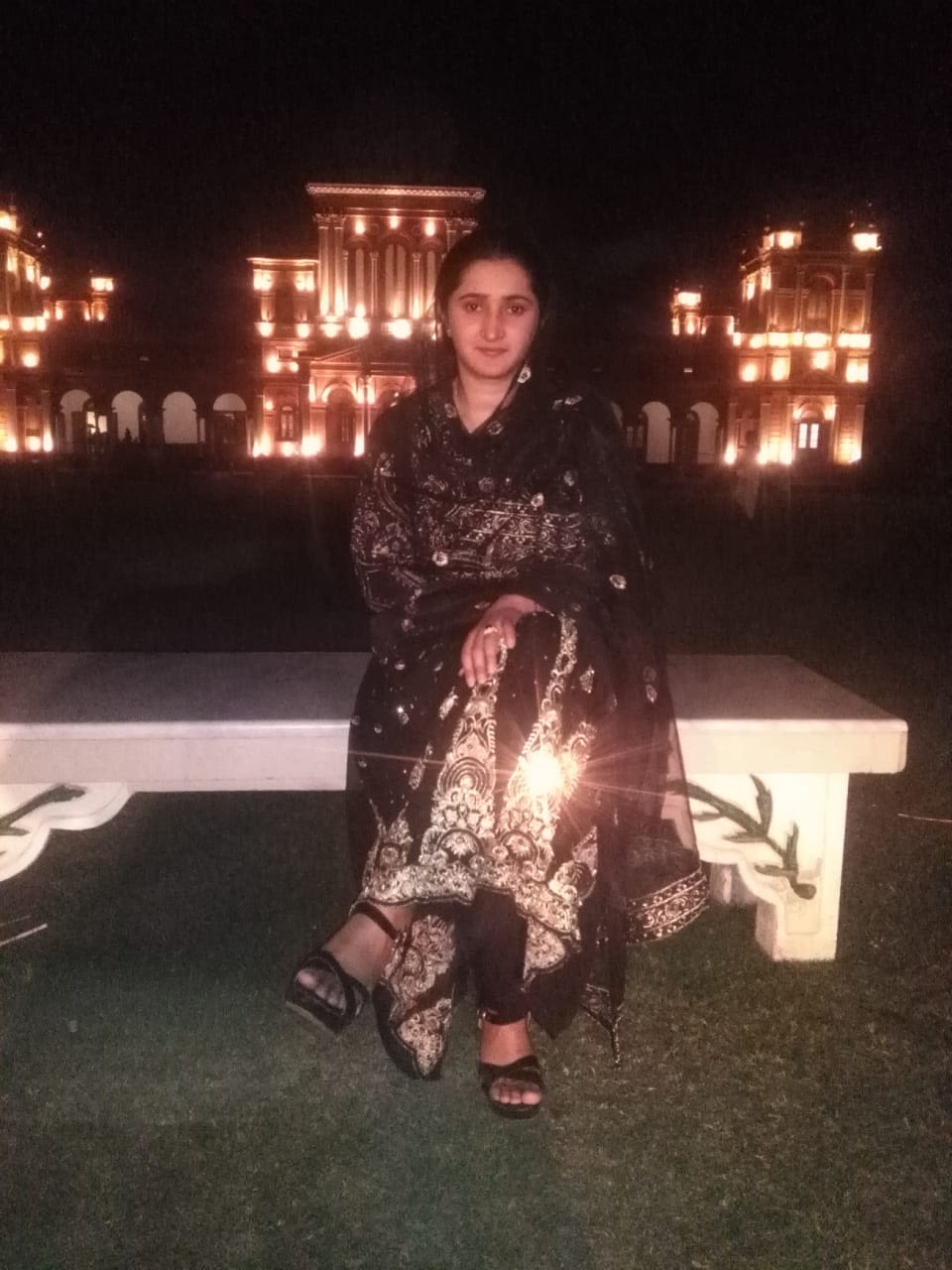
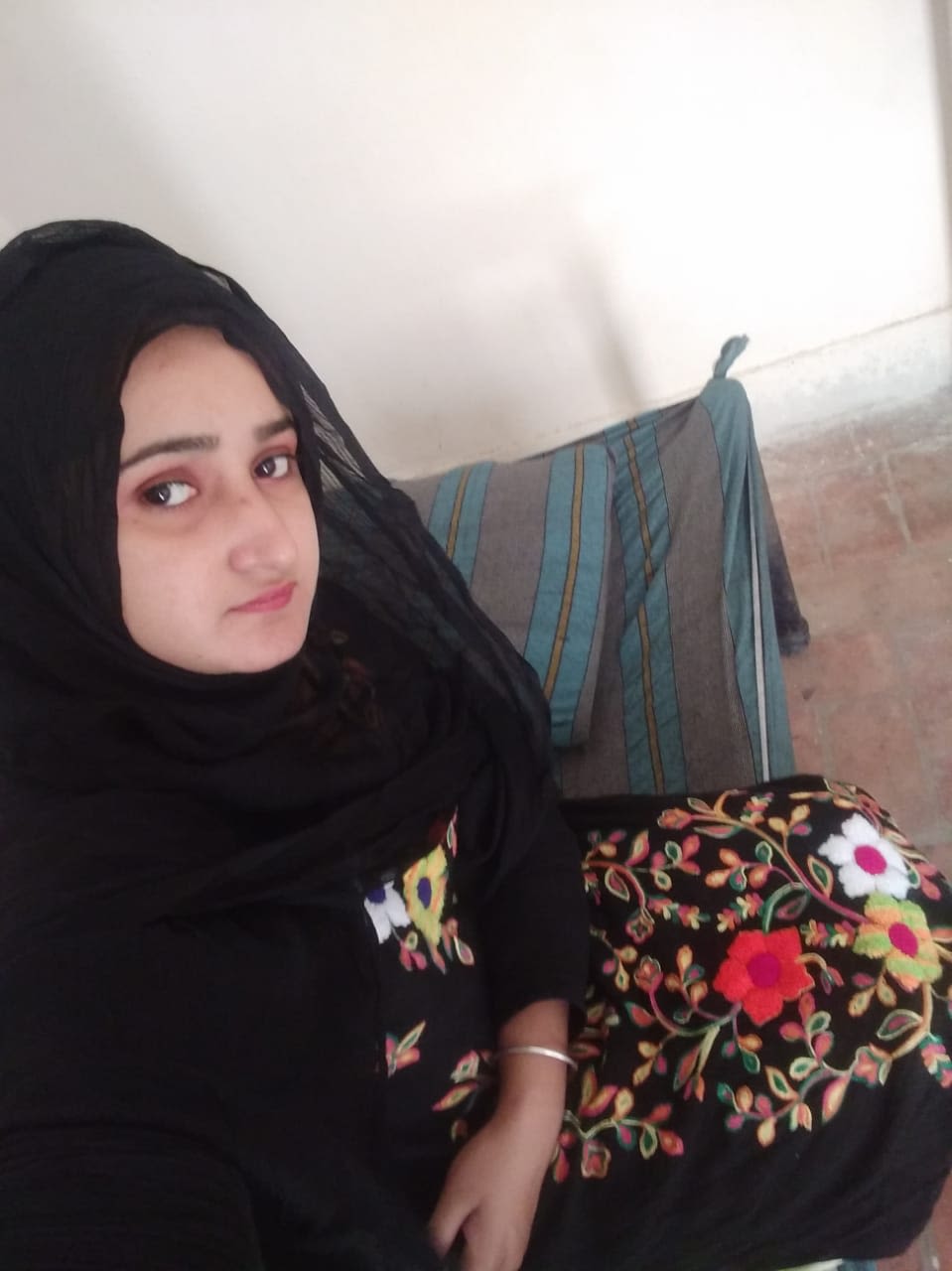
Gabriella, FGM survivor

When she was 6, Gabriella’s mother and father woke her up one day at the crack of dawn and took her to a place near her home in an urban area of Nigeria. It was a place she had never been to before, and it was filled with women wearing hijabs whom she had never seen before.
“I was very curious, and my mom told me to relax, that she was trying to help me,” recalled Gabriella, now 22. In recent voice interviews from Nigeria, referred by a local activist for women’s causes, she told her story on condition of anonymity.
From the outside, the building looked unfinished and nondescript, very similar to any other house, with no indication that it could be a medical facility or clinic. Her mother entered with her, but her father remained outside. The women did not look like nurses or doctors. “It wasn’t like their profession or something they did for a living,” Gabriella said, recalling her impression of the instructions the women gave her to remove her clothes from the waist down, lie down and open her legs wide.
The sight of the razor blade frightened her. Had she caught a disease they were going to cut out? Was she injured? She did not have hair down there yet either, so what were they all looking for? The women moistened cotton wool with some kind of liquid spirit and cleaned her vulva but did not apply numbing cream or give her any medication.
Gabriella remembered that all of a sudden she felt an excruciating pain the likes of which she had never experienced before. She could not pinpoint exactly where it was coming from at that moment, as she was distracted by the blood flowing freely from between her legs.
“I was bleeding so much, they had to use so many cotton balls and bandages,” she recalled with a slight laugh followed by a brief moment of silence.
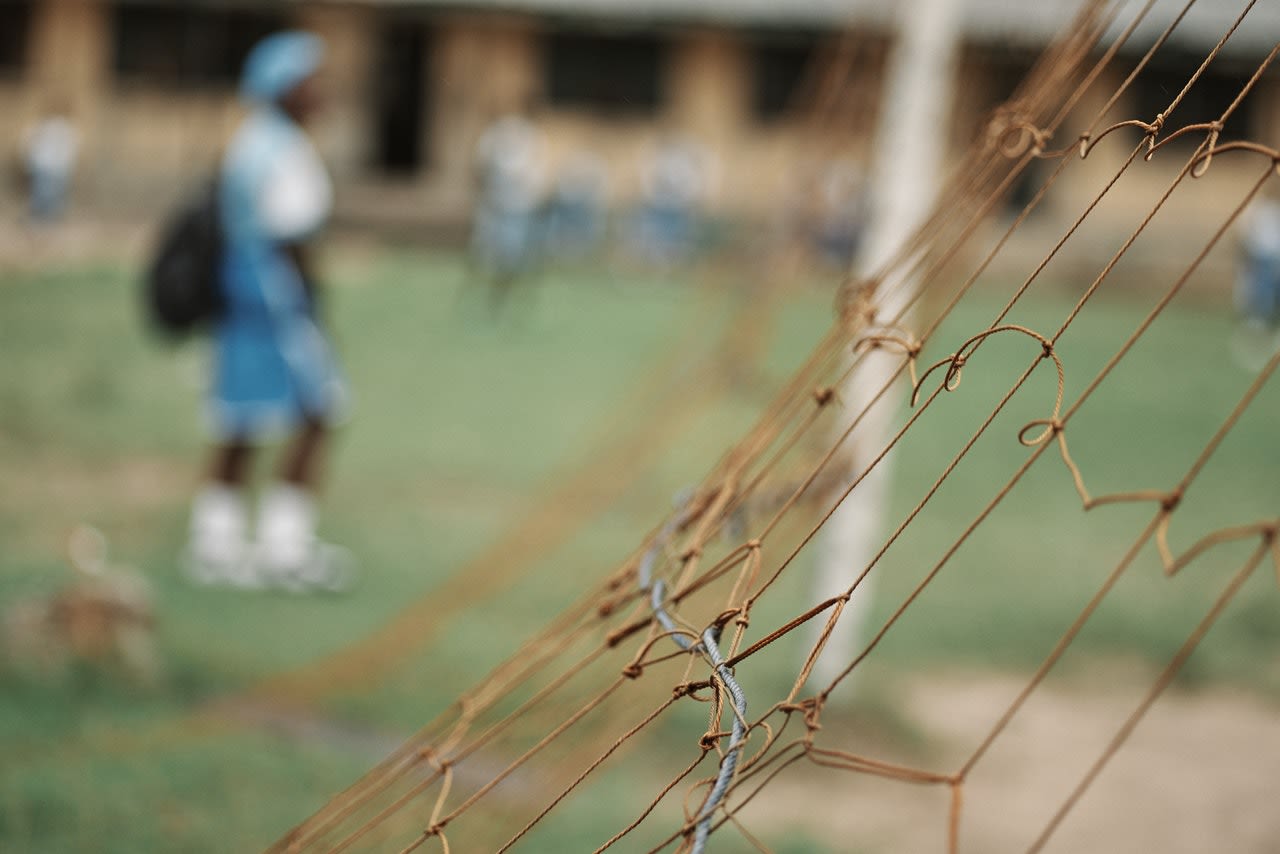
On the ride home, Gabriella noticed how innocent her father had looked, as if he did not know what was going on. “But I think he had more of an idea than I did – I was seriously injured.”
The morning after she was cut, and despite her pain, life around Gabriella continued as if everything was normal, with one exception: She was not able to go to school for a week. Her mother made her meals and bought her toys and sweets that were meant to cheer her up. She cleaned her daughter’s wound every morning and night with cotton wool soaked in spirits and applied creams that dulled the sting of Gabriella’s open flesh, then covered the cut with bandages.
As her mother attended to her wound, Gabriella asked what it was for. She received the same answer again and again: that she was too young to understand, but it was for Gabriella’s own good.
Today, as a young woman with adult experience and intuition, Gabriella said she is certain that her mother did not feel good about her daughter’s well-being at the time. “I remember the expressions on her face anytime I was in pain.” Her elder brothers noticed that she had been missing school for a week and confronted her to ask why.
“But I just lied,” she said, having been instructed by her mother to keep quiet and not ever talk to anyone about what had happened to her the day she was cut. That day was followed by weeks of pain, during which the discomfort of going to the toilet became yet another an ordeal.
Gabriella returned to primary school a different girl from the one who had left not so long before, breaking down in tears in the first month after she had been cut – not only from the pain but also from the emotional weight of having been mutilated. “I wasn’t going to carry on anymore,” she recalled. She started to isolate herself from her friends and others at school. “I just knew I was the only one who had gone through that experience, and I felt like others wouldn’t be able to relate,” Gabriella said. The shift in her behavior was evident to her family as well. “Even at home, I was quiet.”
Breaking the code of silence
Gabriella remembers growing up feeling like the odd one out, and she kept quiet for as long as she could. But the trauma she had experienced lingered, and the scars ran deep not only in her flesh but also in her buried memories.
In secondary school, beginning at age 13, Gabriella tried to talk to her boarding school roommates to see if they could relate to her experience. Her peers’ response was, “That’s weird.” Gabriella concluded that they had not suffered what she had and had not heard about the practice of cutting young girls for two reasons. First, if they had had that experience, at least one of them would discuss it with her. And second, as she recollected, “They were clueless. Totally. Absolutely. They looked at me in a strange manner like I had said rubbish.”
In her own family, who are Christian, Gabriella says that until today she still does not know whether her younger sister, mother, grandmothers or other female relatives may have also undergone FGM. “I simply do not know,” she said. During her 15 years of feeling isolated and odd in her surrounding culture of silence, Gabriella learned to internalize her physical and emotional traumas, keeping them to herself rather than risking opening up to people. She describes her current relationship with her parents, from whom she now lives apart, as “cool” and does not want to stir up bad memories. “I mean, the experience is not good,” she pointed out, referring to the trauma of FGM her family put her through.
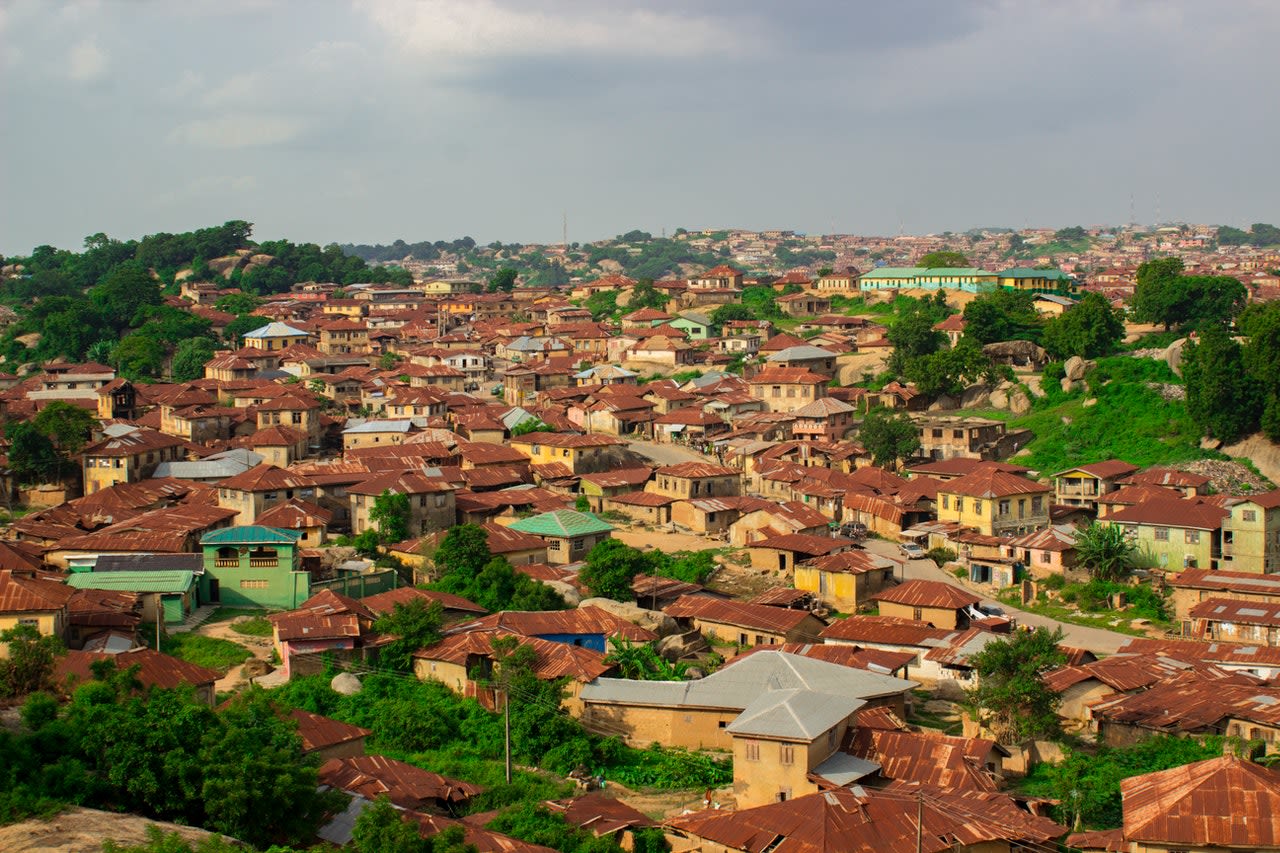
Having grown up in one urban area of Nigeria and now living in another, Gabriella believes that FGM is not an acknowledged cultural or traditional practice. Because she has not met any other woman who has identified herself as a victim of FGM, Gabriella said she thinks “it is something that is done in secret.”
With women comprising 52 percent of Nigeria’s population of 150 million, FGM is experienced by 41 percent of girls and women from age 15 to 49, according to a 2012 study – which also found that “Nigeria, due to its large population, has the highest absolute number of female genital mutilation (FGM) worldwide, accounting for about one-quarter of the estimated 115-[million]-130 million circumcised women in the world.” The study further noted that in the northern regions, the type and form of the cuttings are more extreme and unique to Nigeria, such as the “cauterization by burning of the clitoris and surrounding tissue … and introduction of corrosive substances or herbs into the vagina to cause bleeding or to tighten or narrow” it.
"Emotionally, I am not healed.
But physically, I am."
Gabriella maintains that her experience stemmed from “my parents’ personal decision for me” based on the belief that FGM is used to render girls sexually inactive in order to preserve family honor. “They don’t want women to be loose,” she emphasized. “I don’t know if it works, though,” she added, laughing the notion off.
Growing up, Gabriella had many questions but found no answers. FGM is not taught in schools or discussed publicly. It was only years later, after she was exposed to social media and the internet, that she realized she is a victim of FGM.
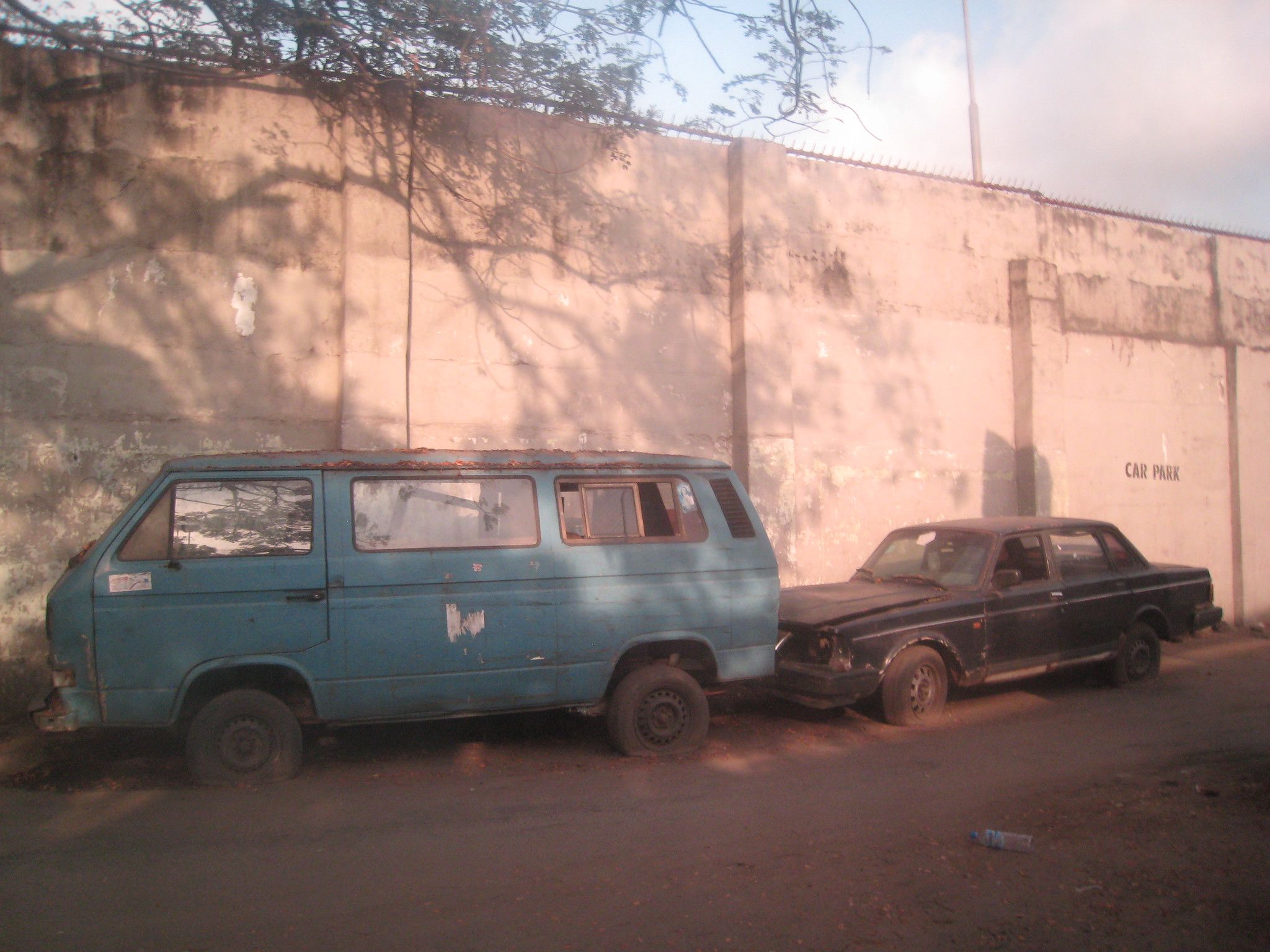
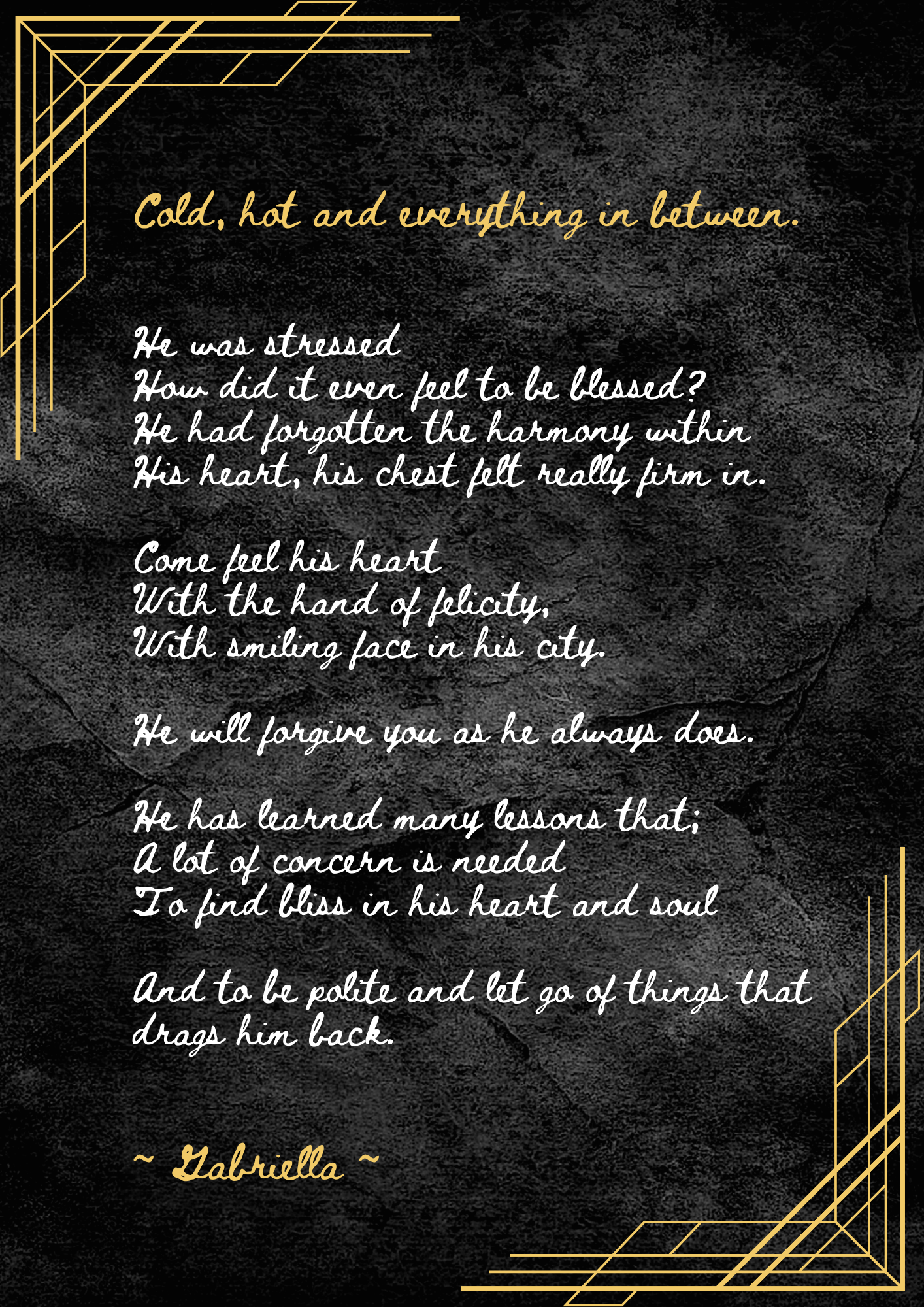
“It [FGM] just popped up on my [Google] Discovery, and I was like, ‘What is this?’ And then I read about it.” Gabriella says she could relate to what she was reading – not only medical information but also testimonies from other FGM survivors – because she knew that she had experienced it. It seemed as if the world had opened up to her, and the discovery has prompted her in new directions.
“The future looks very bright,” said Gabriella, who is now a law student in Nigeria and said she intends to stand up against the crime of FGM as a lawyer and activist. She also envisions speaking out publicly about FGM, perhaps in a TEDx event. “I want them to know my experience. I will tell them how negative it was for me, and that they should abolish such practice,” she said.
“I just want them [the world] to be awakened and enlightened and end the practice. That’s all.”
Leila, a twice-kidnapped “bride”

When she was 16, Leila Nazgul Seyitbek thought a friend was taking her on a picnic in their native Kyrgyzstan. Instead, on that day in 1995, she found herself locked up in a stuffy bedroom, a would-be bride kidnapped by men she had never met before.
Her female friend, “believing that it was a good thing to do,” had arranged the picnic as a coverup for the kidnapping, Seyitbek said in a recent Zoom interview from Austria. It was a variation on the more common bride-kidnapping scenario of a young woman being abducted off the street, forced into a car by several males, taken to the home of the would-be groom and held against her will until she consents to marriage.
Today an activist for refugee and social rights as chairperson and founder of the Austria-based Freedom for Eurasia, Seyitbek, 43, was bride-kidnapped twice by different men in Kyrgyzstan at age 16 and then again at 21. Each year in Kyrgyzstan, around 12,000 young women are kidnapped and forced to marry their abductors. Although illegal since 1994 in the country, bride kidnapping, locally known as ala kachuu, or “grab and run,” prevails.
According to Svetlana Dzardanova, a human-rights activist at Freedom For Eurasia, the practice is not traditional, having become prevalent only since the late 20th century, possibly as a means of patriarchal Kyrgyz society reclaiming its cultural identity following the fall of the Soviet Union. The practice “is considered to be a crime against the family, not the woman herself,” Dzardanova said.
After Seyitbek was dragged from the car to the house of her first kidnapper, she recalled, her first move was to cry and plead with his family to let her go. When that didn’t work, she kicked at the door, also with no result.
“So, I was sitting there listening to the noise of preparation for the wedding feast, clanging pots and dishes and gleeful cheers of his relatives,” she said. “And I thought, ‘OMG, what am I gonna do now?’”
Wit wins the day
The 16-year-old Seyitbek realized that her abductors wanted a “good girl,” but she had recently begun to smoke cigarettes. “It seemed such an adult thing to do, something a ‘good girl’ would never do.”
She asked a female relative of her abductor to bring her purse, from which she had been separated as she was being dragged from the car into the house. In it were two cigarettes and a lighter.
“As I lit that cigarette, I thought, ‘Oh, they aren’t going to like this.”’
She was right: A few minutes later, the door flung open, and the kidnapper and his family stood looking at Seyitbek with disgust. Unconcerned initially by their judgment that she was not a suitable marriage candidate, her trauma over the kidnapping became more palpable after she was set free.
“The thing that shocked me the most was smoking is bad to the point where the person is unacceptable, considered damaged goods basically – [but] kidnapping another person and stealing the right of that person to decide what is going to happen to their life, it’s okay.” With the passage of time, she was able to appreciate the irony of the situation. “Smoking is bad, but it kind of saved my freedom,” Seyitbek laughed. But it was not to be her last encounter with bride kidnapping.
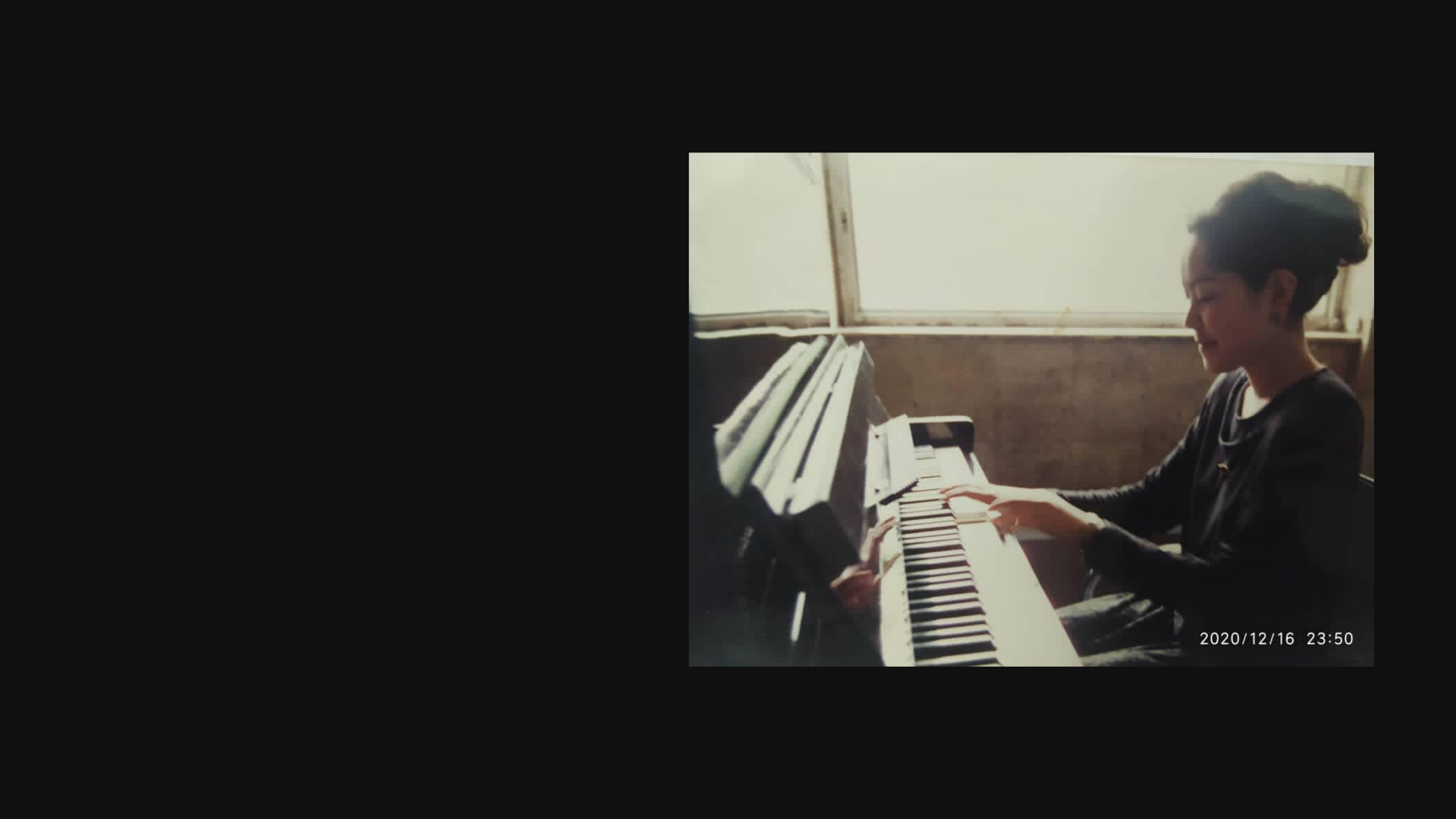
The second time, Seyitbek was abducted when she was a 21-year-old university student. That time, she had seen her kidnappers before, when they came to the campus to visit friends, but she did not know them personally.
“I think the young man was probably attracted [to me] and somehow thought that through kidnapping he could have me,” she recalled. Again, she relied on her wits during her short captivity, telling the family of the would-be groom that she had many boyfriends and was leading an active sexual life, “which again led the family of the kidnapper to be disgusted by me,” she said, and once again the reason she was freed.
In Central Asia as in many other parts of the world, female sexuality is a taboo issue that affects not only women’s reputations but also those of their families, to the extent that women who are not virgins can be disowned by their families and considered outcasts. But at the time of her second abduction, Seyitbek recalled, “I thought my freedom was more important than to worry what these strangers think or say about me.”
Seyitbek’s experiences also run against the grain of the assumption that bride kidnappings usually take place in remote areas of Kyrgyzstan, where traditional social mores lead to normalizing the practice. But her cases – both of which occurred in broad daylight in the capital city of Bishkek, with no intervention from passersby who witnessed the abductions – suggest that bride kidnapping is prevalent even among urban dwellers with higher levels of education and socioeconomic status.
The trauma of silence
“Most of the time when something like this happens, people just say it’s a family matter and normally don’t interfere,” Seyitbek said, adding that bystanders’ silence also contributes to domestic violence cases going unreported by relatives, friends and neighbors.
After being released each time by her kidnappers, Seyitbek tried to forget the events, but her habits and lifestyle started to change. She became more cautious and tried not to go anywhere alone. “There is this anxiety always that you’ll just be grabbed somewhere on the street,” she said.

Apart from being traumatized by the fear of being kidnapped again, Seyitbek also had to live with the burden of keeping her secret to herself, fueled by her vivid memories of when at age 10 she saw her older sister turn up after a night missing, with torn clothes, blood on her face and bruises all over her body. Their parents’ efforts to bring the perpetrators of her sister’s sexual assault to justice evaporated in the face of being publicly humiliated and shamed by medical specialists and police.
Seyitbek did not want her family to go through another similar experience. “I wanted to protect them from all of this, so I stayed silent,” she said. Her father died in 2003 and her mother in 2020, with Seyitbek never having told them about being kidnapped twice.
The legal system of Kazakhstan differentiates between bride kidnapping and kidnapping of other persons, with bride kidnapping often taken lightly by law enforcers, Seyitbek said. She cited the 2021 case of Aizada Kanatbekova, who was murdered in a bride kidnapping near Bishkek. During the investigation, police officers jokingly told Kanatbekova’s aunt to calm down, stop panicking and start preparing for the wedding. “One investigator said that in his youth he also stole a woman, and everything worked out between them,” the aunt told Al Jazeera.
Healing and activism
While ala kachuu has been reported to date back to the 17th century as a way to abduct women and force them into marriage against their will, Seyitbek rejects the characterization of it as a tradition. She notes that the older generations in her family were not as familiar with the practice as are the younger generations among whom it has become more prevalent and who, she says, have a “confused and very perverted understanding of traditions” due to Kyrgyz culture having been suppressed to the point of near-eradication during the period of Soviet rule in Central Asia.
“We don’t remember anything,” Seyitbek said. “We have lost the entire historical memory of our ancestors, of our people, because it has been erased.” To fill the void, young bride kidnappers distort understandings of tradition supported by arguments based on religious interpretation.
“And even if it [ala kachuu] was [a tradition],” she said, “it needs to stop.” Seyitbek maintains that a systematic approach to education and training of medical professionals and police are key factors in ending bride kidnapping and other normalized acts of violence targeting women and girls.
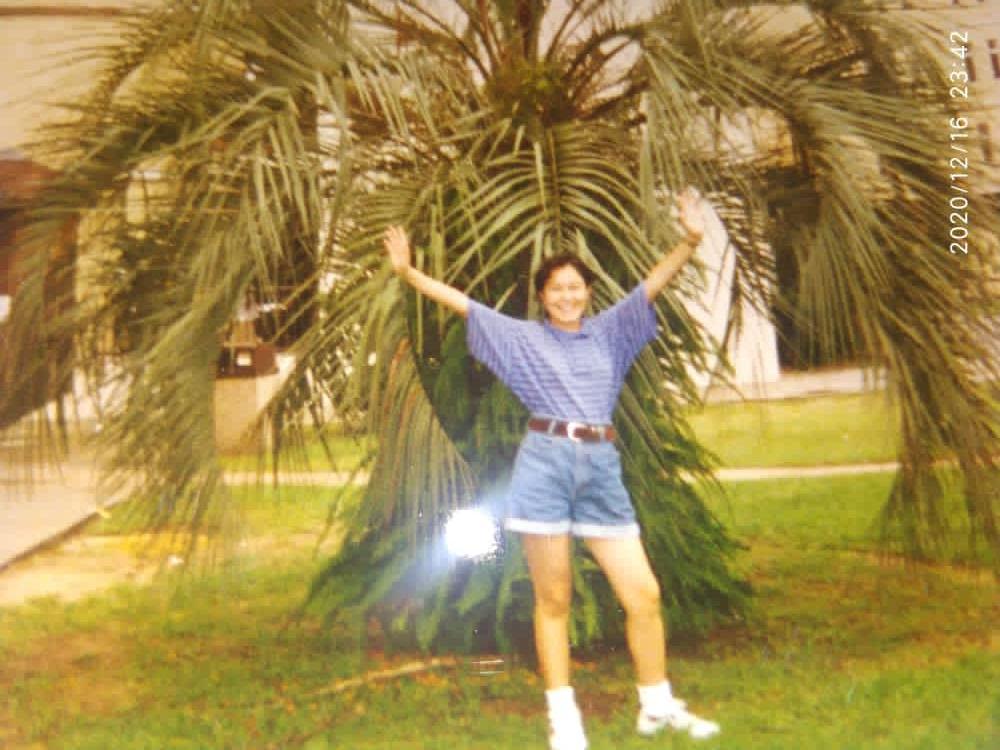
In her own personal journey, Seyitbek said, the healing process has been painful, especially because she could not talk to anyone as she went through “years of feeling damaged and unsupported by society and public opinion.” She has come to understand healing as a process, not a goal. “As you live on, this processing just comes naturally,” she said. Through therapy, she added, she has realized the importance of having an anchor that keeps her from sinking into the dark places.
Seyitbek found an anchor in her early twenties in the man she married, and she credits her husband with giving her the support, love and confidence she needs. They have settled in Austria with their 10-year-old son and lead a happy and healthy family life, she said.
Fighting for social justice and human rights, Seyitbek has found professional, emotional and psychological support from a network of like-minded women activists from all over the world, both through her directing Freedom for Eurasia and as a member of Every Woman Treaty, which advocates ending violence against women and girls.
“Making the day closer when all women and girls will be protected from violence is what drives me,” Seyitbek said, as she continues on a common path with Gabriella and Aimen’s widower, Mukhtiar Hussain, toward saving the next girl.
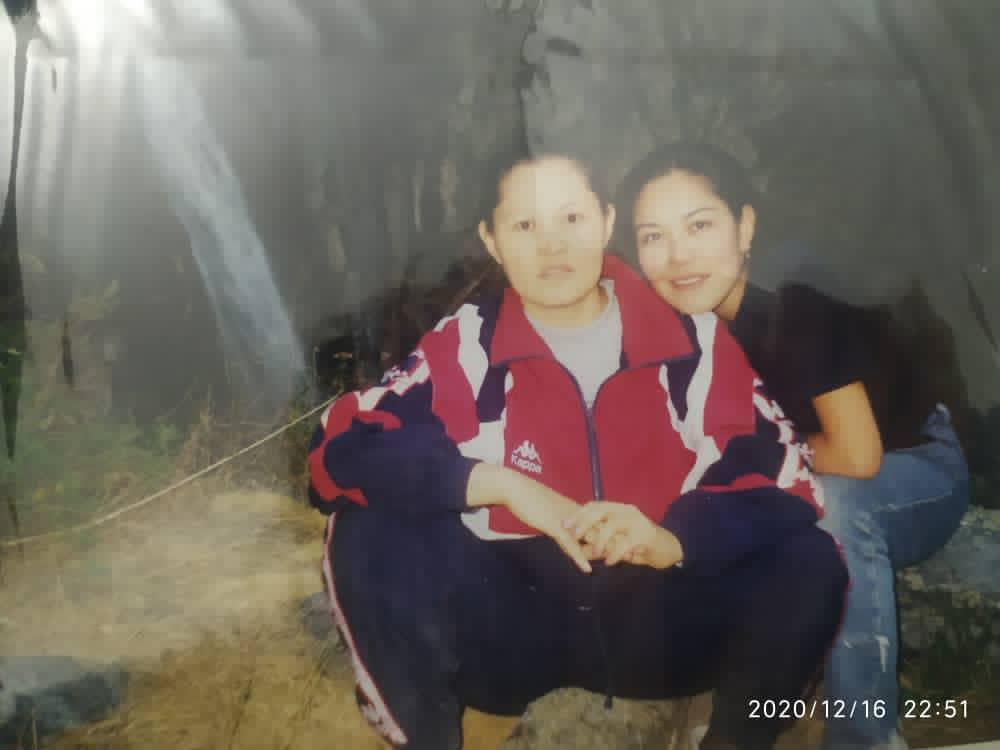

_______________________
GRAPHICS CREDITS
Blurred flowers/Mikhail Nilov, https://www.pexels.com/ru-ru/video/7677115/
Women in scarves, https://live.staticflickr.com/5228/5656098448_600f19527a_c.jpg
Women in yellow/Mahesh Balasubramanian, https://www.flickr.com/photos/maheshguild/8244543092/
Red flower with water drops and fog/Anna Nekrashevich, https://www.pexels.com/ru-ru/video/7814900/
Aimen and Hussain’s son, Hussain Ali/Mukhtiar Hussain
Aimen in a white shawl/Mukhtiar Hussain
Woman in red traditional garb/Anastasia Shuraeva, https://www.pexels.com/photo/women-wearing-red-and-white-dress-standing-near-the-arch-doorway-8752668/
Door opening onto balcony/Neslihan Ercan, https://www.pexels.com/photo/photo-of-wooden-framed-door-towards-the-balcony-8081496/
Aimen in black and gold traditional garb/Mukhtiar Hussain
Aimen in black embroidered dress/Mukhtiar Hussain
Sunflower/Zuzanna Musial, https://www.pexels.com/video/macro-view-of-a-vibrant-sunflower-5108932/
Woman on field/ Emmanuel Ikwuegbu, https://www.pexels.com/photo/man-people-woman-field-8948349/
Nigerian rooftops/McBarth™ Obeya, https://www.pexels.com/photo/top-view-of-houses-and-building-roofs-3172830/
Abandoned vehicles in car park, https://live.staticflickr.com/2515/4185165557_c85514ed80_k.jpg
Blurred flowers/Mikhail Nilov, https://www.pexels.com/ru-ru/video/7677116/
Leila Seyitbek playing piano/Leila Seyitbek
Seyitbek eating an apple/Leila Seyitbek
Seyitbek with her hands up/Leila Seyitbek
Seyitbek (right) with a friend/Leila Seyitbek
Seyitbek headshot/Leila Seyitbek
